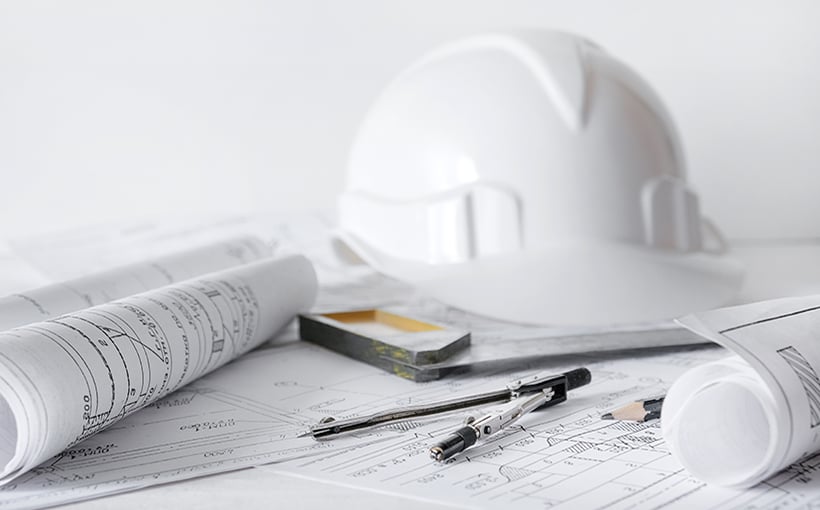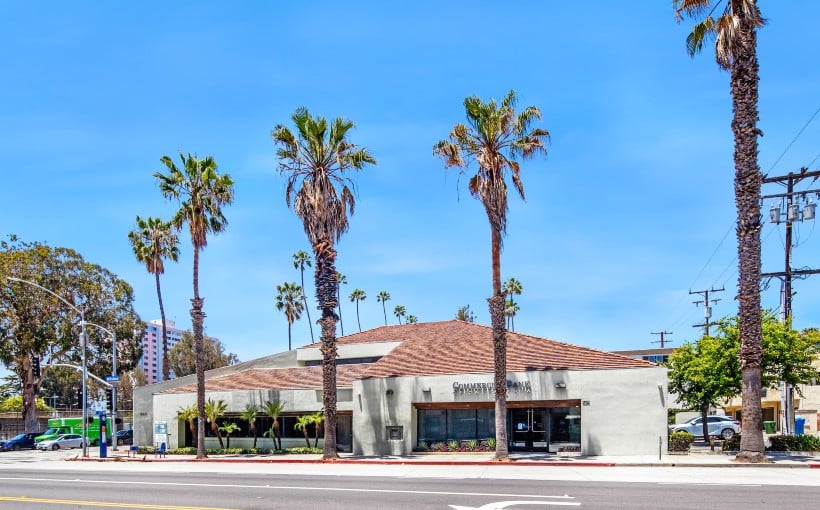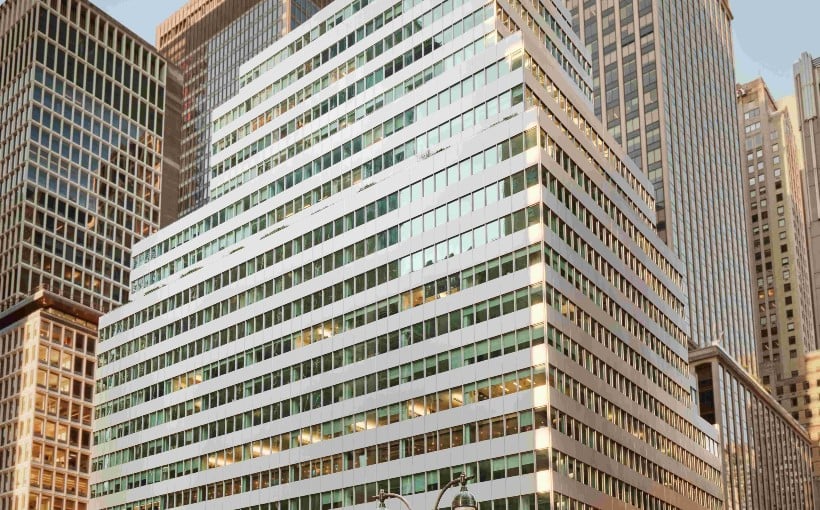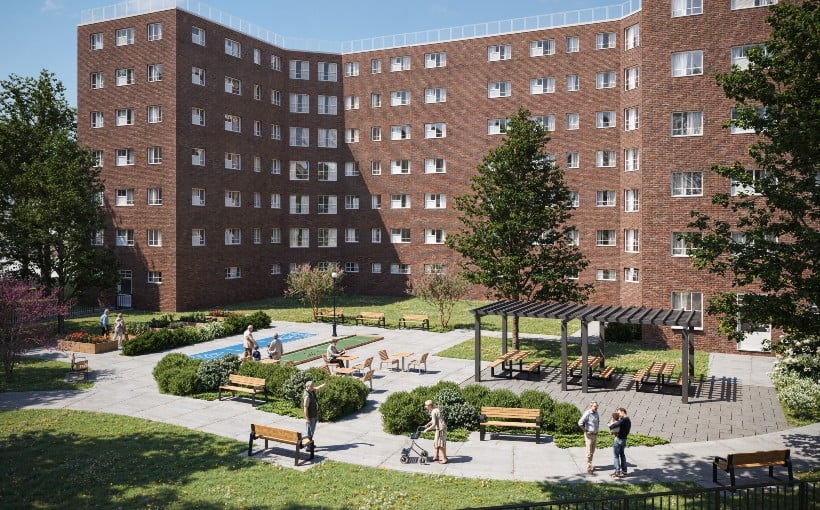Cushman & Wakefield defines retrofitting as the process of modifying an existing property to improve its energy efficiency and decrease energy consumption. This involves careful planning, analysis, and research into potential improvements for multifamily properties. As Chris Gray, CEO of EcoSmart Solutions explains, it is important to start by assessing current energy usage and determining feasible solutions.
When considering a retrofit project for a multifamily property, there are several factors that must be taken into account. These include the building’s construction and age, as well as the condition of its insulation and windows. It is also important to consider utility costs in relation to potential improvement trade-offs.
There are many options available when it comes to retrofits; however, it is crucial to prioritize which improvements will provide the greatest benefit with regards to cost savings and return on investment while aligning with overall goals for the property. To determine this effectively requires an initial energy audit followed by creating models that can guide decision-making.
The specific solutions chosen may vary depending on each unique situation but could include upgrading lighting systems or replacing insulation throughout the building envelope. Regardless of what changes are made during a retrofit project though they all require access equity through recapitalization or partnerships due upfront costs involved in these types of projects.
Debt financing may also be necessary in some cases; traditional lenders often have targets set aside specifically for climate-related initiatives while agency lenders offer green loans designed specifically towards sustainable projects like retrofits . Additionally , Commercial Property Assessed Clean Energy (CPACE) offers low-cost long-term financing options tailored towards funding such upgrades .
However , securing debt financing can be complex so having someone who understands how best navigate this process can greatly increase chances at success . Retrofitting has numerous benefits beyond just reducing operating expenses ; improving sustainability practices adds value making properties more competitive within their respective markets .
For example , older buildings competing against newer ones nearby might find themselves at greater advantage after completing successful retrofits since they can now offer lower rents while also being more environmentally friendly . Additionally , retrofits that replace outdated systems often result in increased tenant comfort and satisfaction due to improved functionality and reduced maintenance costs .
Furthermore, retrofitting can make properties easier and cheaper to maintain overall by reducing operational complexity. This not only helps reduce the number of middle-of-the-night calls from tenants but also makes the property more appealing to potential investors.
In fact, implementing sustainable practices through retrofits may open up a larger pool of buyers for multifamily properties as institutional investors with green mandates are actively seeking out sustainable products. It is important for owners to stay current on best practices when it comes to retrofitting their buildings; this includes planning ahead as systems age so that replacements or upgrades can be implemented before they become too costly.
It is also important not think of retrofits as a one-time project but rather an ongoing process that requires constant attention. Having someone knowledgeable about energy efficiency strategies on your team will help ensure successful implementation of these initiatives over time.
Overall, multifamily retrofits have numerous benefits including cost savings, increased competitiveness within the market, improved tenant satisfaction and comfort levels ,and expanded buyer pools among others . To achieve these results though requires careful planning based upon thorough analysis which should involve working closely with experts who understand how best navigate financing options available while keeping long-term goals in mind.




